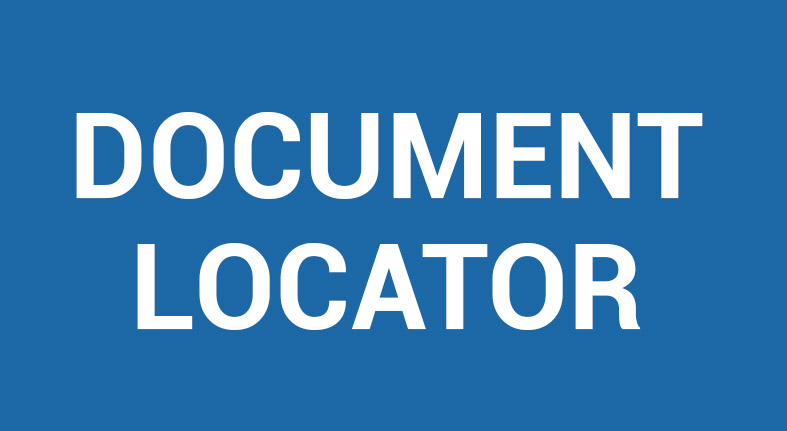What is Policy Management?

Policy Management
Policy management software is a system used to administrate policies and procedures, including creating, managing, and communicating policies and procedures in an organization.
Policy management software ensures consistency in how policies and procedures are created and followed. While policies are important to any group effort, businesses that are governed by regulations and standards must have policies and procedures in place to avoid liability and risk. This is especially true when it comes to regulatory compliance or cybersecurity and quality.
What are policies?
Policies are a statement of an organization’s principles and standards that serve to guide decision making. For example, policies might be written to state an organization’s commitment to security or safety. Policies address what expectations are in place and why.
What are procedures?
While policies are written to address why certain practices and expectations are in place, procedures address specifically how to go about following these expectations. Often, they are written as step-by-step instructions for how to handle routine tasks or to address issues that may arise. For example, there may be an office policy that all employees must provide 24-hour notice before taking time off. A procedure document would outline how to request time off, who to report it to, and what information to provide.
What is the purpose of policies and procedures?
Together, policies and procedures give guidance for decision making and instructions for actions. They help employees and other team members understand what is expected and how to respond in order to facilitate cohesion amongst the group’s efforts.
What are the benefits of policy management software?
Policy management software provides a level of organization, access, visibility, and control that would be impossible without specialized tools that are designed to manage important policy and procedure files and processes.
Policy management software helps with:
- File management and development
Policies and procedures need to be organized and easy to find. Profiling and metadata helps to organize these documents, while full-text searching makes them easy to find again later. Auto-naming and auto-filing tools ensure organization standards are followed when new files are created or imported into the system. - Controlling supporting documents
Policies and procedures often come with supporting documents like test results and certifications. The software can help manage these supporting documents as well. It is important to have quick access to the necessary resources to validate how policies and procedures are being followed, especially when it comes time to perform an audit. - Keeping Policies and Procedures up to date
Paper files get scattered and don’t stay up to date. Also, when digital files are stored on a file server it can be difficult to know what changes have been made and by whom. Policy management software keeps all policy and procedure documents in a digital format and in a centralized location. Version control maintains a record of all policy and procedure changes over time. - Keeping people informed of policy and procedure changes
When policies and procedures are newly released, or when they are changed, it can be difficult to ensure that everyone is up to date with the latest information. Typically, email is used to notify employees of changes to policies and procedures, but this comes with problems as emails often become lost or unread and there’s no way to ensure employees have read the updated policies. With policy management software you can send updates electronically and capture an audit record confirming people have read using Required Reading tools. Administrators can view reports to learn which employees have and have not acknowledged that they have read the information. - Collaboration when creating policies and procedures
Usually multiple people are involved in the creation and approval of policies and procedures. Like all collaborative efforts, confusion can arise when documents are passed along via email or paper files. It can be difficult to determine who has made changes and which versions are approved. Policy management software improves this process by using document workflows and version control to automate the review and approval of new or updated policies prior to publishing. - Security and record keeping
Security is important when managing policies and procedures, especially in regulated industries where quality or compliance is integral to business operations. It is important to control who has access to files and who is allowed to make changes. Policy management software identifies users with role-based security to ensure only users with the proper rights can access and/or modify documents. - Reporting and maintaining visibility
Reports and logging provide insight into who has accessed and modified documents, and when. Plus, policy management software can give insight and notifications as to when policies need to be reviewed, updated, or expired.
Policy Management Benefits
Document Control Software video
Ready for a Demo?
Take the first step towards streamlining your processes and enhancing collaboration with Document Locator. Request a demo today and discover how our document control solution can help your organization.
Fill out the form to get started.
